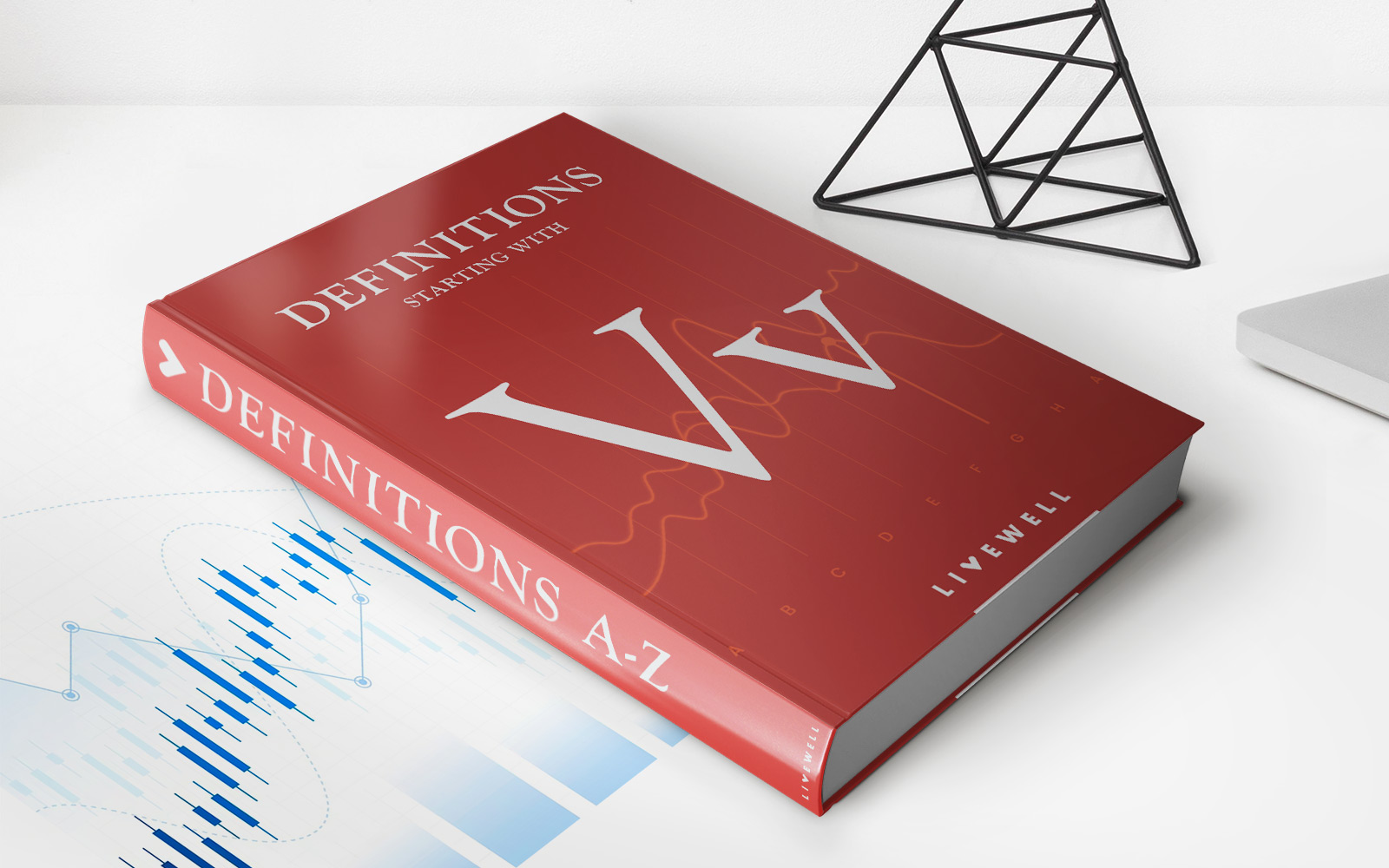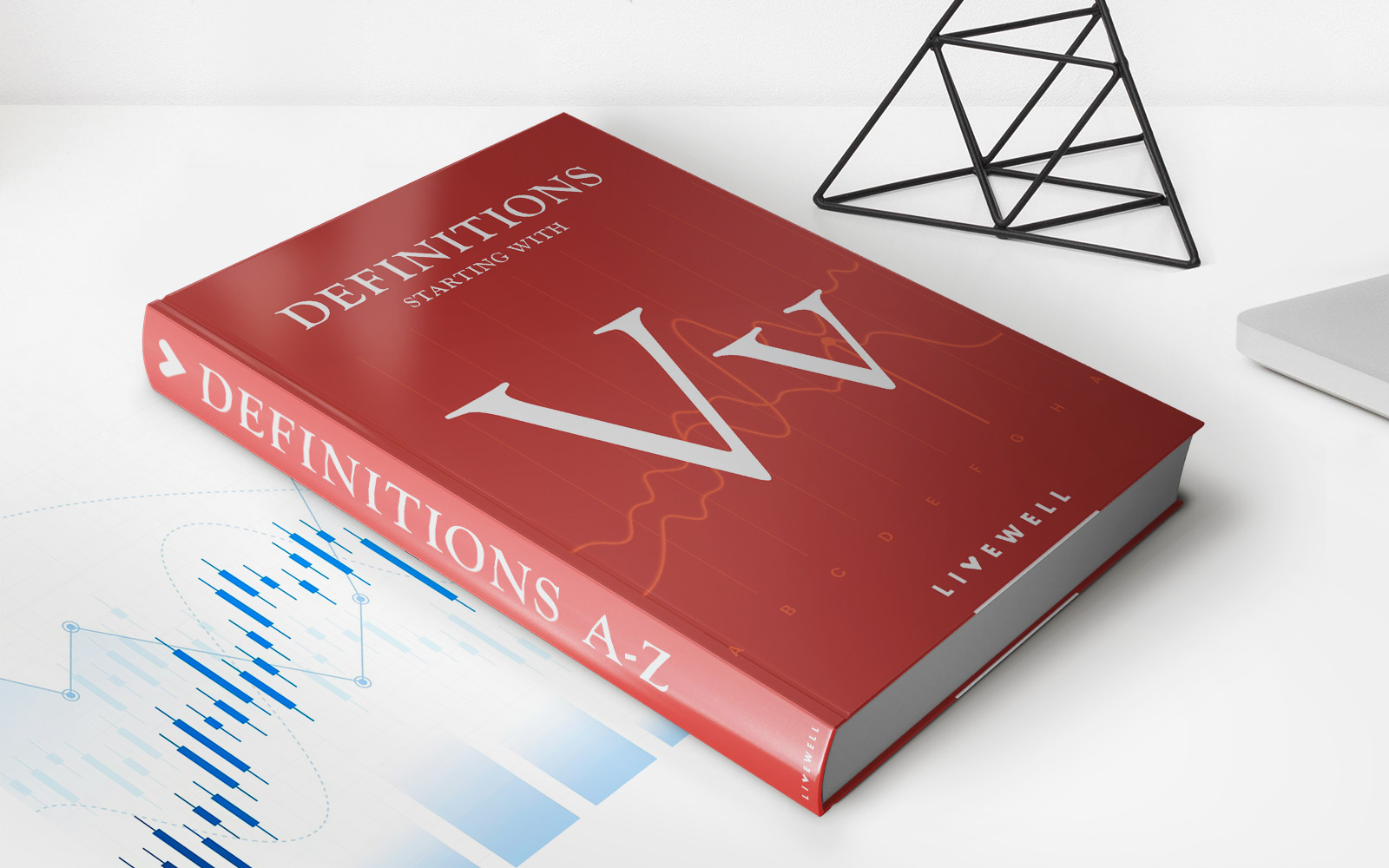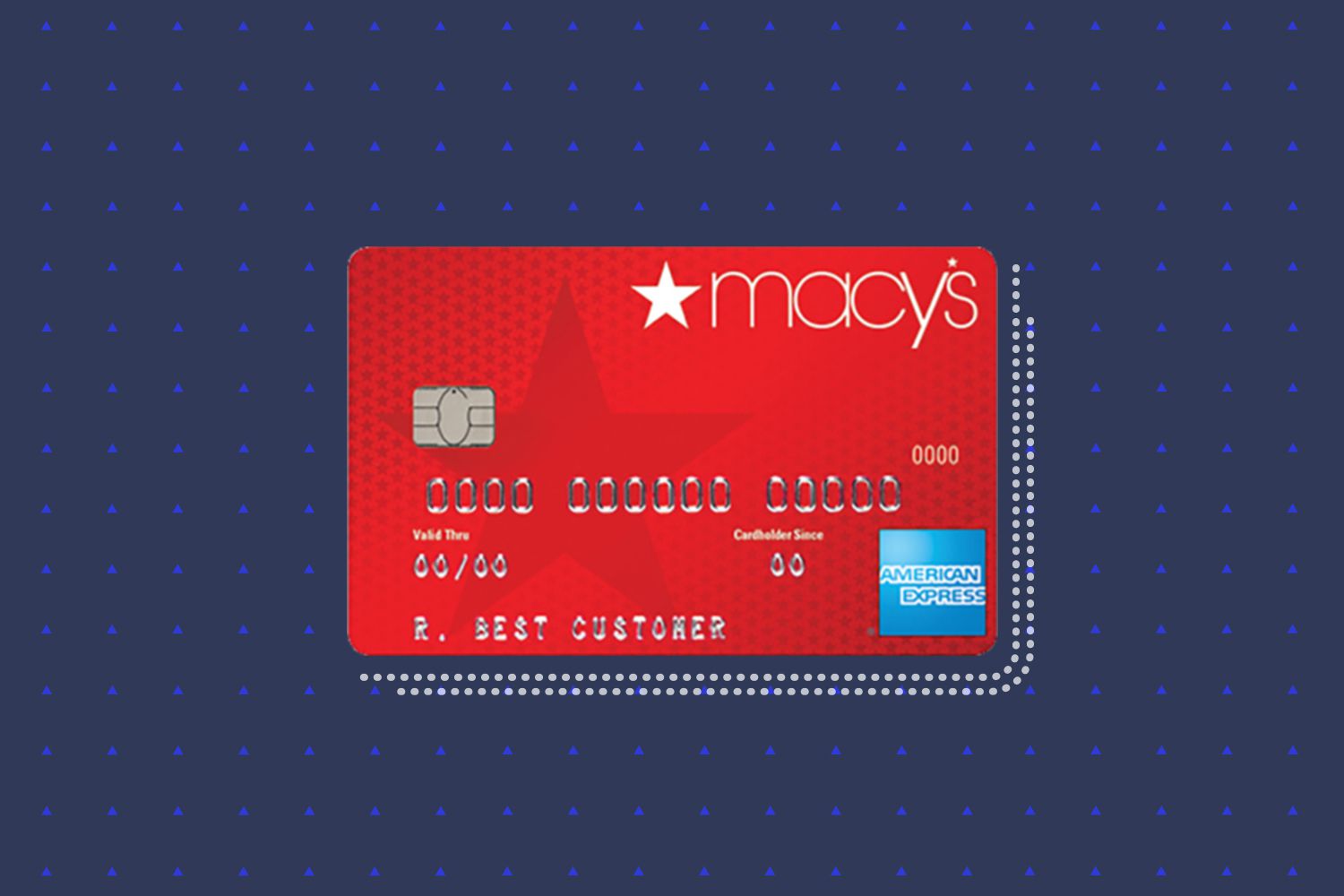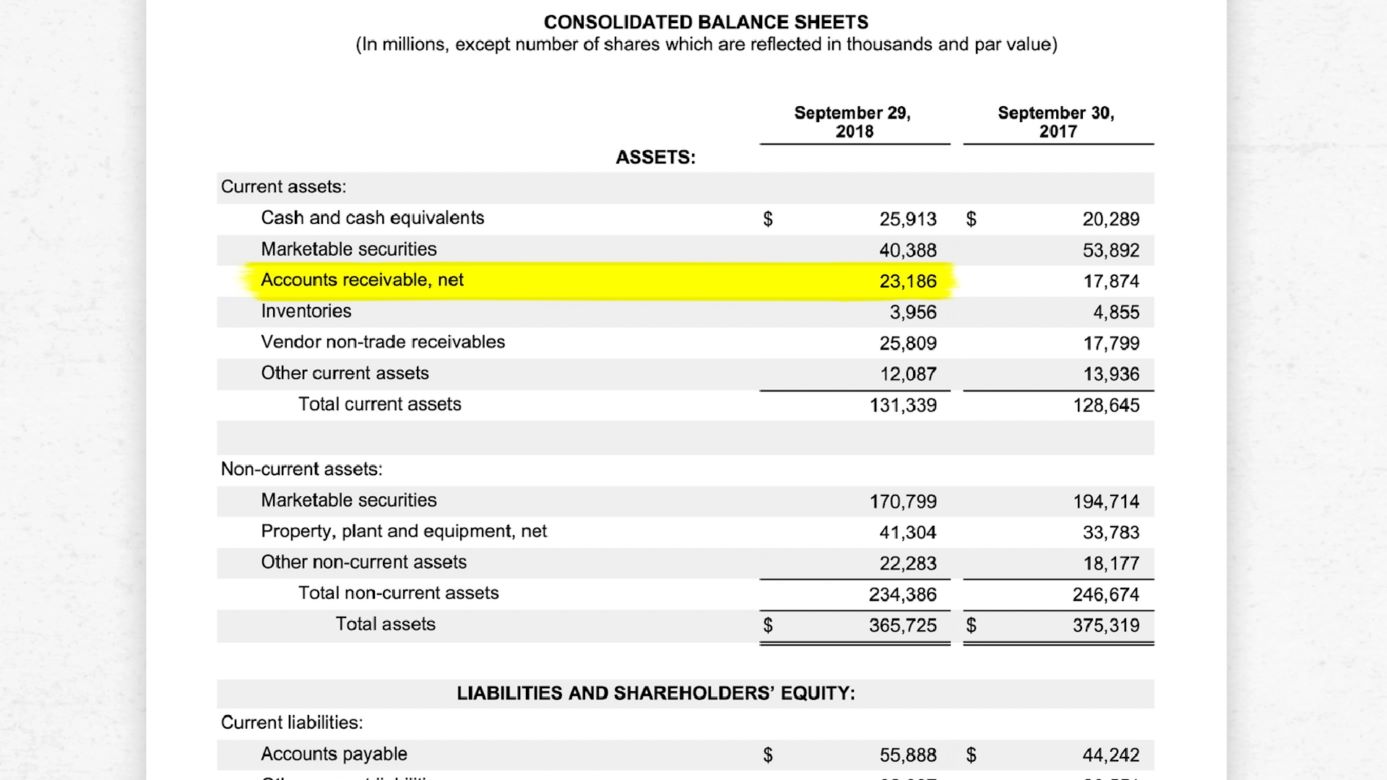

Finance
Vanishing Premium Policy Definition
Published: February 15, 2024
Learn about the vanishing premium policy in the field of finance, its definition, and how it can benefit your financial future.
(Many of the links in this article redirect to a specific reviewed product. Your purchase of these products through affiliate links helps to generate commission for LiveWell, at no extra cost. Learn more)
Understanding Vanishing Premium Policies in Finance
Welcome to our Finance blog, where we’re committed to providing you with valuable information on various financial topics. In today’s post, we’ll dive deep into the concept of vanishing premium policies. Have you ever wondered what a vanishing premium policy is and how it works? If so, you’ve come to the right place! Let’s unravel the mystery of vanishing premium policies and explore their potential benefits and drawbacks.
Key Takeaways:
- A vanishing premium policy is a type of life insurance policy where the premiums paid by the policyholder are eventually offset by the accumulated cash value of the policy.
- These policies gained popularity in the 1980s as a way to help policyholders eliminate their premium payments while still maintaining coverage.
What is a Vanishing Premium Policy?
A vanishing premium policy is a unique type of life insurance policy that offers policyholders a way to eliminate their premium payments over time. This policy concept originated in the 1980s and quickly gained popularity among individuals looking for long-term insurance coverage without the burden of ongoing premiums.
Essentially, under a vanishing premium policy, the accumulated cash value of the insurance policy increases over time. As the cash value grows, it eventually becomes sufficient to pay for future premiums, effectively “vanishing” the need for the policyholder to continue making premium payments out of pocket.
How do Vanishing Premium Policies Work?
Vanishing premium policies work by utilizing the cash value component of a life insurance policy. When you purchase a policy, a portion of your premium payment goes toward the cost of insurance coverage, while another portion is set aside as the cash value. Over time, the cash value grows through interest accumulation and potential investment gains.
Once the cash value reaches a certain threshold, it can be used to offset future premium payments. This means that the policyholder no longer needs to pay premiums out of pocket, as the cash value covers the cost on their behalf. In some cases, policyholders might even be able to withdraw a portion of the cash value while still maintaining the coverage.
It’s important to note that vanishing premium policies are typically associated with whole life insurance or universal life insurance policies rather than term life insurance policies.
Pros and Cons of Vanishing Premium Policies
Like any financial product, vanishing premium policies have their own set of advantages and disadvantages. Consider these points before deciding if such a policy is right for you:
Pros:
- Eliminate Premium Payments: One of the main benefits of vanishing premium policies is the eventual elimination of premium payments. This can provide financial relief for policyholders, especially in their later years when income might be limited.
- Accumulation of Cash Value: Vanishing premium policies allow the cash value to grow over time. This accumulated cash value can be used for various purposes, such as supplementing retirement income or helping to fund major expenses like a child’s education or buying a home.
Cons:
- Higher premiums initially: Vanishing premium policies often come with higher initial premiums compared to traditional life insurance policies. This can be a drawback for individuals who prioritize lower premium costs in the short term.
- Longer time horizon: While vanishing premium policies eventually eliminate premium payments, it can take several years for the cash value to accumulate enough to cover the premiums. This means that policyholders must commit to the policy for an extended period before reaping the full benefits.
Before deciding on a vanishing premium policy, carefully evaluate your financial situation, long-term goals, and risk tolerance. It’s advisable to consult with a financial advisor or insurance expert who can guide you in making an informed decision.
Conclusion
Vanishing premium policies offer an intriguing option for individuals seeking life insurance coverage while minimizing ongoing premium payments. By utilizing the cash value component of the policy, these policies can eventually offset the need for the policyholder to pay premiums out of pocket. However, it’s crucial to weigh the pros and cons, considering factors such as initial premium costs and the time it takes for the cash value to accumulate.
Remember, every financial decision should be carefully assessed in light of your specific circumstances. Whether you choose a vanishing premium policy or explore alternative options, always seek professional advice to ensure your choices align with your financial objectives.














